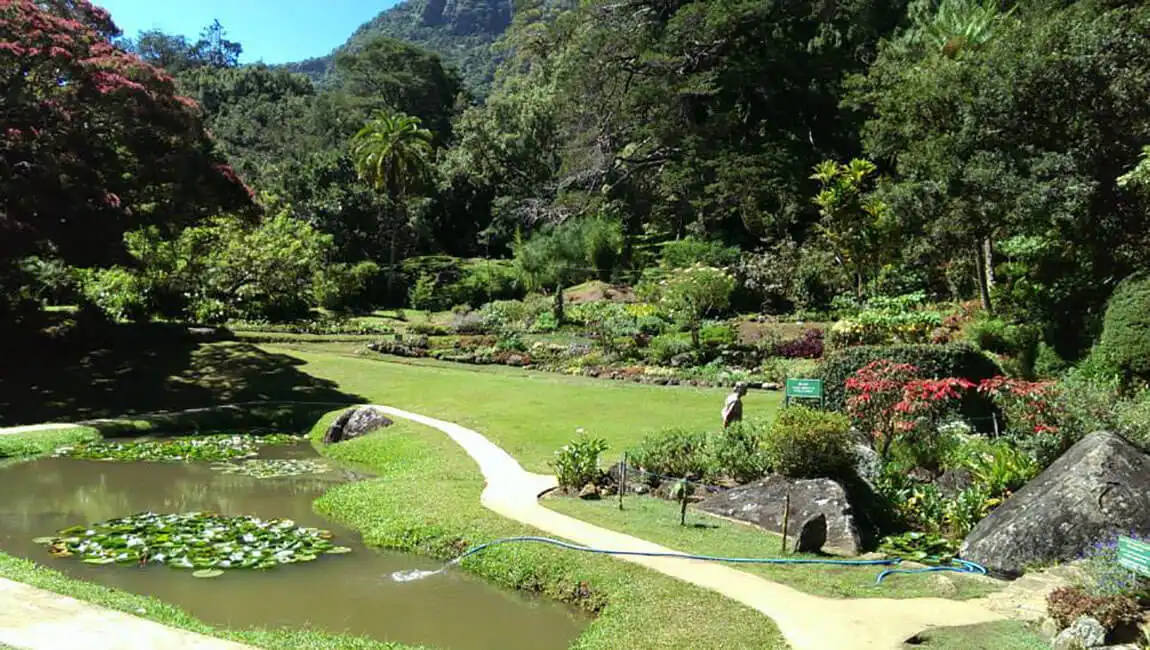Hakgala Botanical Garden, located in the scenic hill country near Nuwara Eliya, stands out as a must-visit destination for nature lovers. With its rich history, diverse flora, and serene ambiance, this garden is a true floral wonderland.
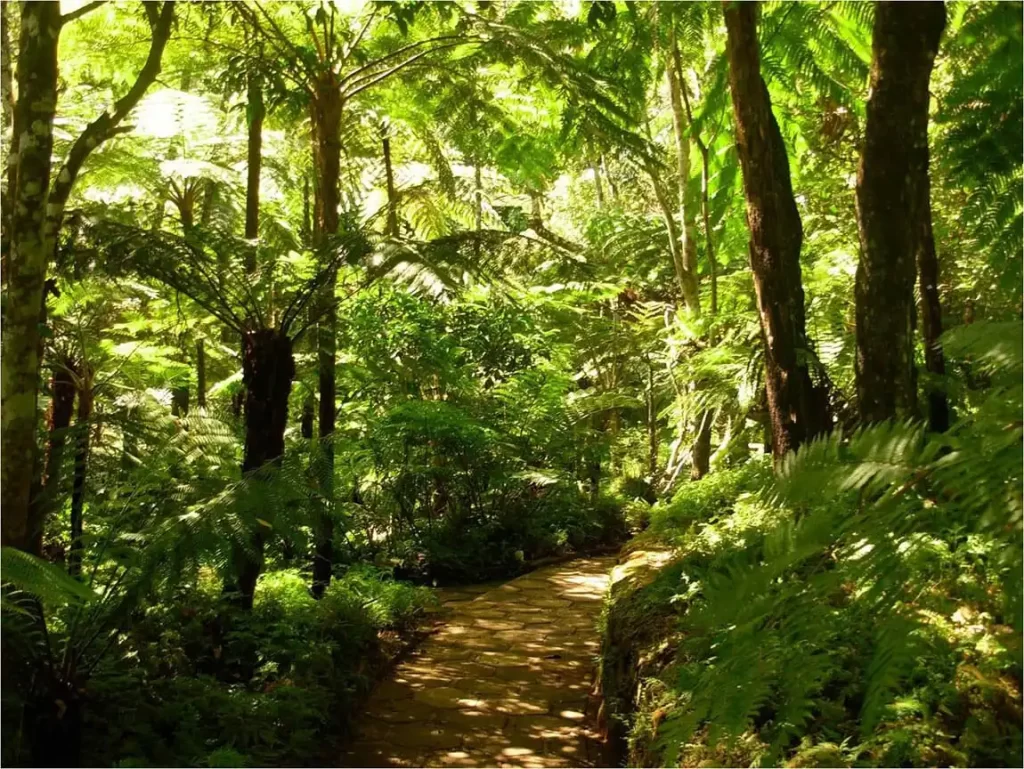
A Glimpse into Hakgala Botanical Garden History
The origins of Hakgala Botanical Garden date back to the British colonial era in the 19th century. Initially established in 1861 as an experimental plantation for cinchona, a plant used to produce quinine for treating malaria, it was later transformed into a botanical garden in 1884. The name “Hakgala” translates to “Elephant’s Jaw” in Sinhalese, inspired by the rock formation that resembles an elephant’s jaw within the garden.
Hakgala Botanical Garden Location?
The garden is nestled at the foot of Hakgala Rock, approximately 10 km from Nuwara Eliya, along the Badulla Road. Positioned at an elevation of 1,740 meters (5,710 feet) above sea level, it boasts a cool, misty climate that nurtures a stunning array of plants and flowers year-round.
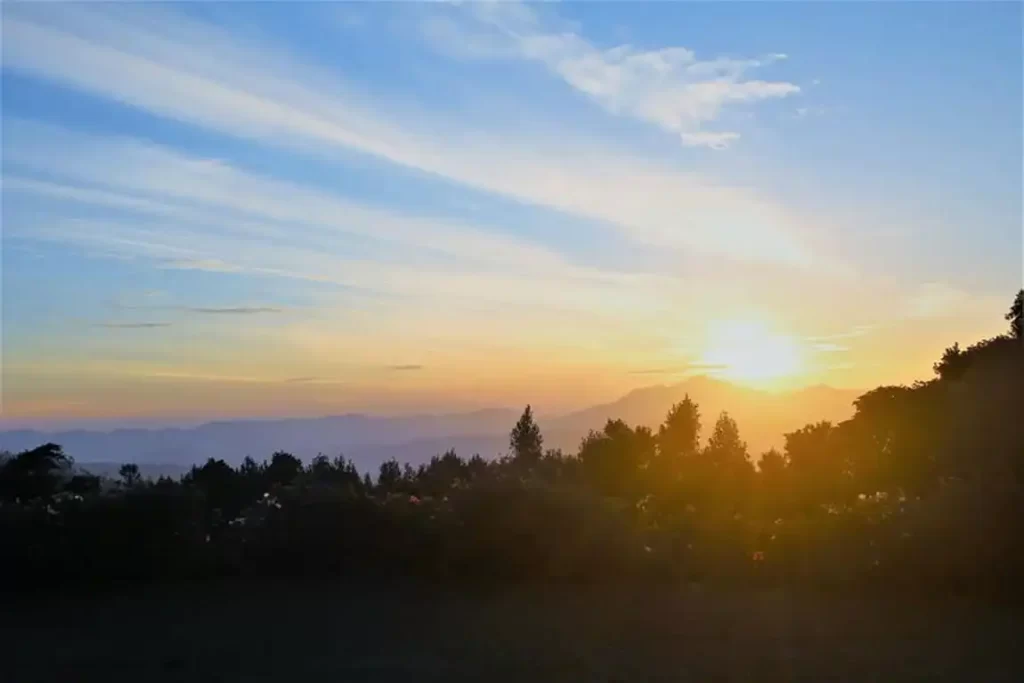
What is the significance of the Hakgala Botanical Garden?
Diverse Flora: The garden is home to a wide variety of plants, including rare species, medicinal herbs, and exotic flowers. Highlights include the stunning collection of roses, orchids, and ferns.
Seasonal Blooms: Hakgala is particularly famous for its spring blooms (March to May), when the garden is awash with vibrant colors. The annual flower show during this period is a major attraction.
Cool Climate: Thanks to its elevation, the garden enjoys a cool, temperate climate year-round, making it a refreshing retreat from Sri Lanka’s tropical heat.
Scenic Landscapes: The garden’s terraced layout, rolling lawns, and panoramic views of the surrounding hills create a picturesque setting that’s perfect for photography.
Wildlife Spotting: Keep an eye out for the garden’s resident birdlife, including endemic species like the Sri Lanka white-eye and yellow-eared bulbul.
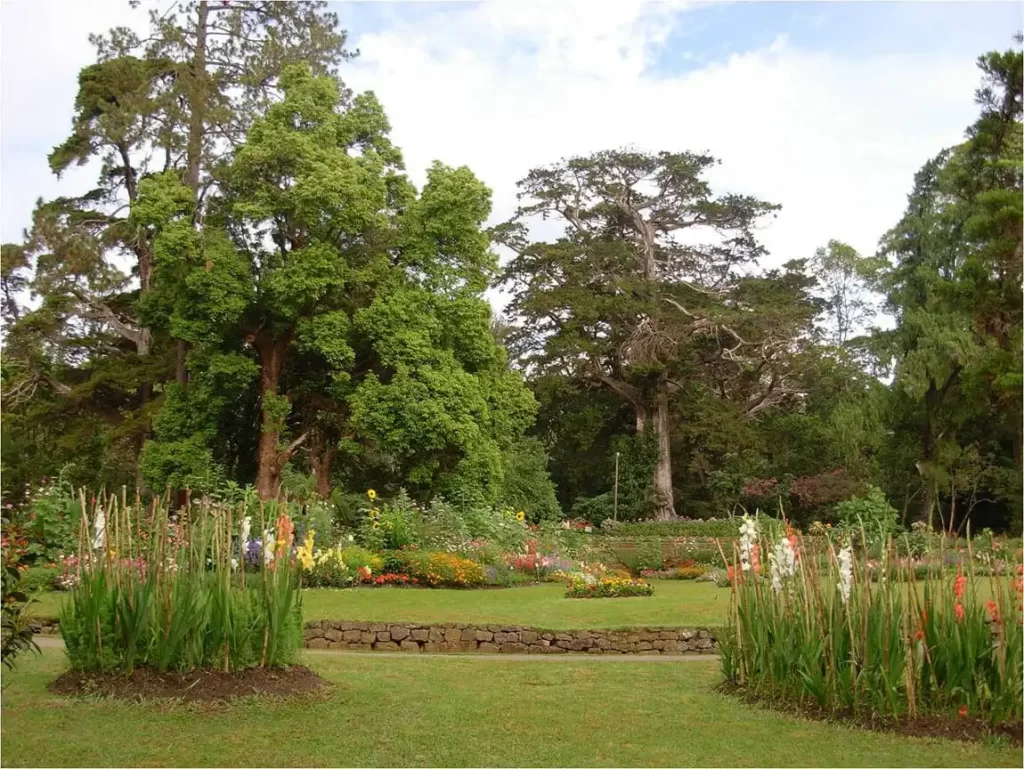
Top Attractions Within Hakgala Botanical Garden
1. Central Pond and Bulb garden
A foot path commences from the main drive leads to the central pond in which yellow water lilies are grown. Magnificent trees of Bunya Bunya Pine (Araucaria bidwilli), Eugenia cunninghamii and Mihiriya, a native tree of Sri Lanka, (Gordonia axillaris) are found planted around the central pond.
2. Lower Flower Garden
The flower garden displays many annual flowers adding beauty to the gardens, the flame bush, (Streptosolen jamesoni) Cestrum elegans, Poinsetia pulcherrima and many kinds of fuchcia their drooping clusters of pretty flowers are found along the herbaceous border. Interesting trees around the flower garden are the camphor tree.
3. Upper Flower Garden
The upper flower garden also displays annual flowers and it includes a herbaceous and a mini rose collection.A Montezume pine (Pinus montezumae) from Mexico and Hoope pine (Araucaria cunninghamii) from New South Wales lie on either sides of the flower garden.A row of Jacaranda trees, (Jacaranda ovalifolia) with mauve flowers, is seen below. A giant Monterey cypress tree and Japanese cedar trees, (Cryptomeria japonica) grow around the flower garden. A dark green and deeply cut-leave creeper, the Dada Kehel (Rhaphidophora decursiva) is visible growing on a wanasapu tree, (Michelia nilagirica).
4. The Rose Garden
The rose garden, established on a twin terraced piece of land, contains modern rose varieties imported from England and America. This section features over 100 varieties of roses in full bloom during the spring season.
5. Glass House
A newly established glass house serving a repository for indoor plants stands along-side the exit drive. This displays blooming specimens of Begonias, Peperomias, Afican violet. Primula, Gloxinia, Streptocarpus, Pelargonium and specimens of many kinds of cacti and succulents.
6. The Fernery
Home to a vast collection of ferns, including some rare species. It has a cool climate shaded by tall trees and Lichens and mosses are spread all over the area. The wooly tree fern of Sri Lanka gives unique character to this fernery. There is a collection of native hill country ferns.
7. The Orchid House
Discover a stunning array of orchids, showcasing the diversity and beauty of these exotic flowers.
8. The Japanese Garden
A serene spot with traditional Japanese landscaping, complete with a koi pond and arched bridges.
9. The Rock Garden
Featuring unique rock formations and alpine plants, this section offers a rugged yet beautiful contrast to the rest of the garden.
10. The Great Lawn
A sprawling open space perfect for picnics or simply soaking in the tranquil atmosphere.
11. Arboretum
Arboretum displays a large collection of exotic, native and endemic plants. Common endemic plant species are Elaeocarpus montanus, Polyspora ceylanica, Calophyllum walkeri, Syzygium assimile, Neolitsea fuscata, Actinodaphne speciosa, Semecarpus coriacea and Scolopia crassipes.
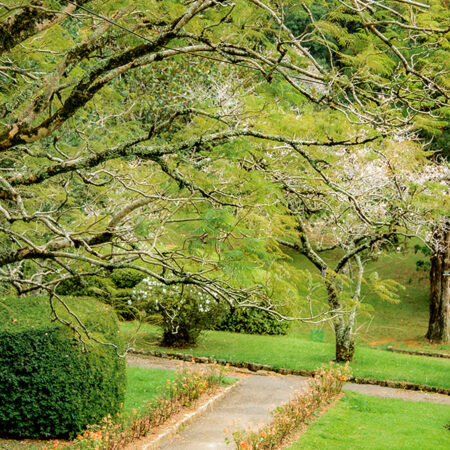
Folklore – The Ramayana Connection
According to Hindu mythology, Hakgala is believed to be one of the places where Sita was held captive by King Ravana. The surrounding forest, known as Sita Eliya, is associated with the legendary Ramayana tale, adding a mystical allure to the garden.
Best Time to Visit Hakgala Botanical Garden
The best time to visit Hakgala Botanical Garden is during the spring season (March to May), when the flowers are in full bloom. However, the garden is a year-round destination, with each season offering its own unique charm. The cooler months from December to February are also ideal for exploring the garden comfortably.
The mean annual temperature ranges between 16 °C to 30 °C during the course of a year. From December to February it has a cold climate, while the warm climate persists from April to August.
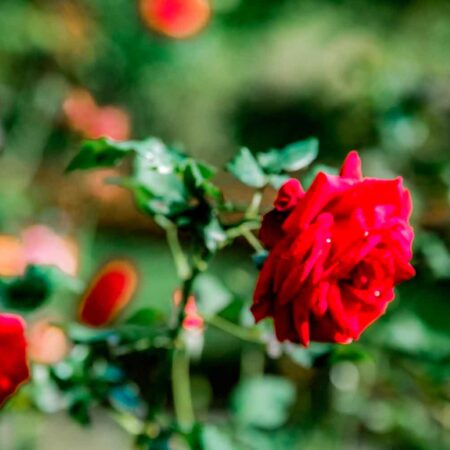
Where is the Hakgala Botanical Garden situated?
Hakgala Botanical Garden is easily accessible from Nuwara Eliya, which is well-connected by road and rail. Here’s how you can reach the garden:
- From Nuwara Eliya: Hire a tuk-tuk or taxi for a 20-minute drive to the garden.
- From Colombo: Take a train or bus to Nuwara Eliya and then proceed to Hakgala. The journey takes approximately 6-7 hours by road.
- From Kandy: Drive or take a bus to Nuwara Eliya (3-4 hours) and then continue to Hakgala.
How to Get There?
- By Car: A short 20-minute drive from Nuwara Eliya.
- By Public Transport: Regular buses run from Nuwara Eliya to Badulla, stopping near the garden.
- By Tuk-Tuk: A fun and scenic ride, easily accessible from the city.
Tips for Visiting Hakgala Botanical Garden
- Wear Comfortable Shoes: The garden is vast, and you’ll be doing a lot of walking, so comfortable footwear is a must.
- Carry a Jacket: The weather can be chilly, especially in the early morning or late afternoon.
- Bring a Camera: The garden’s scenic beauty is a photographer’s dream, so don’t forget your camera or smartphone.
- Stay Hydrated: Carry a water bottle, as exploring the garden can be tiring.
- Respect the Environment: Avoid plucking flowers or disturbing the wildlife to help preserve the garden’s natural beauty.
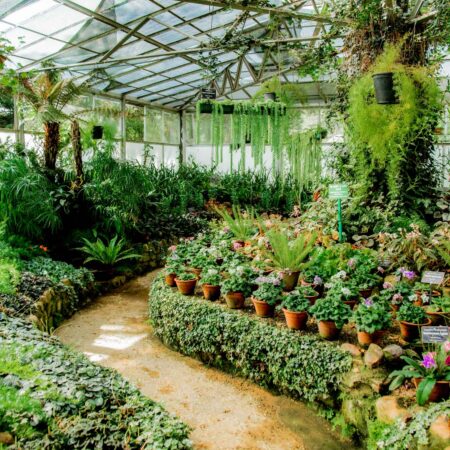
Nearby Attractions to Explore
While visiting Hakgala Botanical Garden, you can also explore other nearby attractions in Nuwara Eliya, such as:
- Gregory Lake: A picturesque lake perfect for boating and picnics.
- Victoria Park: A beautifully maintained park with walking trails and birdwatching opportunities.
- Lover’s Leap Waterfall: A stunning waterfall located close to Nuwara Eliya.
- Tea Plantations: Take a tour of a tea factory and learn about Sri Lanka’s world-famous Ceylon tea.
- Horton Plains National Park: Horton Plains National Park is a breathtaking natural wonder that attracts nature lovers, wildlife enthusiasts, and adventure seekers alike.
How much is the Entrance Fee for Hakgala?
- Opening Hours: 8:00 AM – 5:30 PM daily.
- Entry Fee: Approximately 3,540 LKR for foreign adults and 100 LKR for locals (prices may vary).
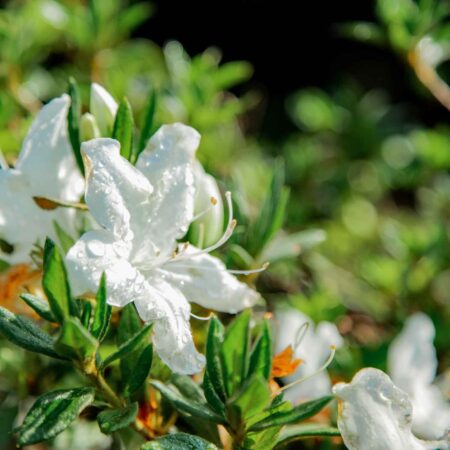
Why Hakgala Botanical Garden Should Be on Your Sri Lanka Itinerary
Hakgala Botanical Garden is more than just a garden; it’s a sanctuary of natural beauty and tranquility. Whether you’re a nature enthusiast, a photography buff, or simply looking for a peaceful retreat, this garden offers something for everyone. Its rich history, diverse flora, and stunning landscapes make it a standout destination in Sri Lanka’s hill country.
Final Thoughts
A visit to Hakgala Botanical Garden is an unforgettable experience that showcases the best of Sri Lanka’s natural beauty. From its vibrant flower beds to its serene walking paths, every corner of the garden tells a story of nature’s wonders. So, pack your bags, grab your camera, and get ready to explore one of Sri Lanka’s most enchanting destinations.
FAQ
What is botanical garden known for?
A botanical garden is known for being a curated space where a wide variety of plants are grown, studied, and displayed for education, conservation, research, and public enjoyment. Here’s what they’re especially known for:
Key Features of Botanical Gardens:
1. Plant Diversity:
They often showcase thousands of plant species—trees, flowers, herbs, shrubs—from around the world.
2. Scientific Research:
Many are affiliated with universities or research institutions and contribute to plant science, taxonomy, and climate studies.
3. Conservation Efforts:
Botanical gardens help preserve endangered and rare plant species through seed banks and cultivation programs.
4. Educational Programs:
They host workshops, guided tours, and exhibits about botany, sustainability, and environmental protection.
5. Themed Gardens:
You’ll often find specialized sections like:
- Medicinal plant gardens
- Rose or orchid collections
- Native plant areas
- Greenhouses or tropical conservatories
6. Aesthetic & Recreational Value:
They’re peaceful spaces for walking, relaxing, and enjoying nature, often with art installations, fountains, or seasonal flower shows.
What is the most beautiful garden in Sri Lanka?
Peradeniya Royal Botanical Gardens, the finest of its kind in Asia, the largest of the botanical gardens of Sri Lanka
What is the oldest plant in Sri Lanka?
Jaya Sri Maha Bodhi, Anuradhapura, Sri Lanka
Date seeded, 236 BC (planted)
What is the first water garden in Sri Lanka?
Sigiriya: Sri Lanka’s ancient water garden
Which is the most famous botanical garden in the world?
Royal Botanic Gardens in Kew, London
Throughout the years, the Kew Gardens expanded to now span more than 300 acres of gardens and greenhouses and boasts the largest botanical and mycological collections in the world.
Hakgala Botanical Garden Photos
© All images and video content are credited to their respective owners.

